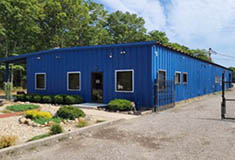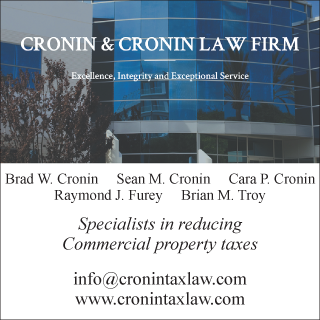Hunt Corp. Question & Answer: Gotchas

Q: We need to relocate our offices in the next year, and think we have most of the bases covered. Are there any common mistakes that you see on a consistent basis that we may be missing?
A: I could probably fill a book with the mistakes that I have seen (and made) in relocating businesses. Larger companies, with a staff devoted to the transition are less likely to be susceptible. But smaller companies are particularly likely to overlook some of the details that can have a huge impact on the firm. So, in no particular order, here are some of the most common “gotchas”.
Location: This may seem obvious, but make sure you understand the impact of the location on your employees. Will you lose employees over a longer commute? What does a rush hour drive to the location look like? Will your shipping costs change? Is there easy access in and out of the property? Make sure that your employees and customers will not be searching for a parking space. Also make sure your operations are consistent with the zoning of the property.
Many years ago, I made the mistake of relocating our company to a 200,000 s/f class A office building. What I did not realize was the time it took to walk from my parked car to my office. After we moved in, I timed the walk at seven minutes. That doesn’t sound bad, until I realized that I am in and out of my office an average of three to four times a day. That’s nearly an hour a day just walking to and from my car! And the same was true for every salesperson in the firm.
Amenities: Are there restaurants, business services, mail boxes, overnight boxes or other items you may require within a reasonable distance? Can an employee reasonably leave your office for lunch, or perhaps to run an errand? Examine the services that you require now, and understand how they will be duplicated in your new location.
Space Planning: If you have a professional space planner, this is less of an issue. The two biggest mistakes I see in this arena are lack of electrical outlets and furniture that won’t fit. Make sure you know exactly what furniture is being moved or purchased and where it is being located. What needs electricity (and what needs a dedicated line) and where is it being placed? How are you making coffee, and where is the water coming from? What happens when you want to add employees? How will that be accommodated with your furniture layout?
Connectivity: This is less of an issue than it used to be, but make sure that the internet service you require will be available at every building under consideration. If you will require a new phone service or number, how will the transition be handled, and what is the lead time? Just don’t assume that what you will require will be available.
Time and budget: This almost doesn’t have to be said, does it? Of course, it ALWAYS costs more and takes longer than you think. A good move is a like a well-prepared meal. Its success is mainly dependent on the attention paid to the preparation. So create an actual written budget, and document every line item with a quote from a vendor. Prepare a time-line of events, and then turn that into a checklist.
This is by no means an exhaustive list, and your business will have its own special requirements. But with attention to detail, you can avoid the most common errors, and make your move a successful one.
David Hunt, MCR, CCIM, SIOR is the president of Hunt Construction Services, Inc. and Hunt Corporate Services, Inc., Plainview, N.Y.
Suffolk County IDA supports expansion of A&Z Pharmaceuticals


The evolving relationship of environmental consultants and the lending community - by Chuck Merritt
When Environmental Site Assessments (ESA) were first part of commercial real estate risk management, it was the lenders driving this requirement. When a borrower wanted a loan on a property, banks would utilize a list of “Approved Consultants” to order the report on both refinances and purchases.








.gif)
.jpg)